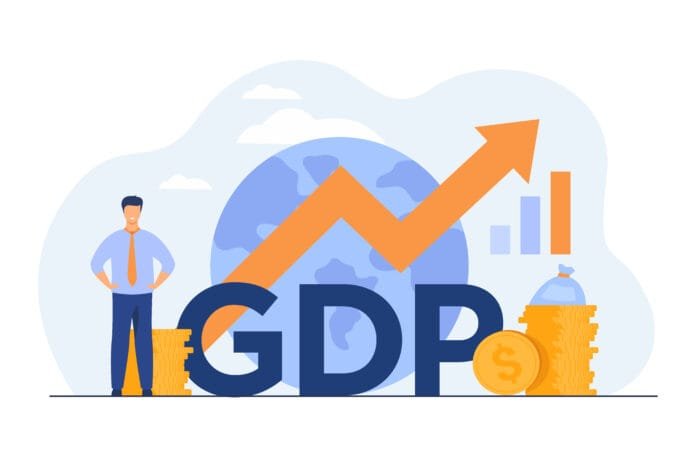Worldpanel by Numerator July 2025 data offers a preview of what Kantar’s H1 2025 results could reveal when they arrive later this month.
The figures point to persistent UK grocery inflation July 2025, sharper competition for UK grocery market share 2025, and category demand shifts driven by changing health and shopping habits — including the GLP-1 drugs impact on food sales.
Inflation Remains the Headline Story
Grocery price inflation hit 5.2% in the four weeks to July 13, 2025, up from 4.7% in June — the steepest rise since early 2024 and now ahead of U.S. and euro-zone rates.
Fraser McKevitt, head of retail and consumer insight, said nearly two-thirds of households are “very concerned” about rising food costs. Kantar estimates the average annual grocery bill is about £275 higher than a year ago.
This price pressure is already influencing UK supermarket performance 2025 and will likely shape the Kantar H1 2025 report when it’s published.
How Inflation Is Changing UK Grocery Shopping 2025
The Worldpanel by Numerator July 2025 data shows volumes fell 0.4% year-on-year in the latest four-week period, even as sales values rose 4.1%.
Store visit frequency is at its highest since early pandemic peaks, but baskets are smaller. Shoppers are cherry-picking offers across multiple retailers rather than concentrating spend in a single trip.
For suppliers, this means adapting pack sizes and promotional timing to “little and often” shopping.
Own-Label Keeps Its Edge
Private-label sales grew 5.6%, outpacing branded goods at 4.9%. Premium own-label remains strong, allowing shoppers to trade up without paying full branded prices.
Retailers are extending own-label into ready meals, bakery, and seasonal ranges — a strategy blending value and quality. The Kantar H1 2025 report will confirm whether own-label’s lead is widening.
UK Supermarket Performance 2025: Winners and Laggards
- Tesco: +7.1% sales, 28.3% share.
- Sainsbury’s: +5.3% sales, 15.1% share.
- Lidl: Record 8.3% share.
- Aldi: 10.9% share, +6.3% sales.
- Ocado: +11.7% sales year-on-year.
- Asda: -3% sales.
- M&S and Waitrose: Strong gains, M&S not in standard share tables.
These shifts in UK grocery market share 2025 point to discounters and online players consolidating gains.
GLP-1 Drugs Impact on Food Sales
Around 4% of UK households now include a GLP-1 weight-loss drug user, double last year. These households buy fewer confectionery, crisps, and biscuits.
U.S. studies show GLP-1 users cut grocery spend by 5.5%, with sharper declines among higher-income groups. Similar patterns may soon appear in UK market data.
Weather-Driven Category Spikes
Warm weather boosted certain categories:
- Ice-creams/sorbets: +33%
- Iced coffee: strong double-digit growth
- Strawberries: leading fruit sales
- Chilled burgers: +27%
- Potato salads: +32%
- Prepared salads: +19%
- Sports nutrition: +45%
While positive, these gains are seasonal and unlikely to counter inflation-driven declines in core staples.
Strategic Pressure Points for H2 2025
- Inflation squeeze: Price-matching and targeted loyalty promotions will intensify.
- Channel rebalancing: Discounters, convenience, and online continue to gain share.
- Own-label innovation: Premium ranges defend against discounter trade-downs.
- Health trends: GLP-1 adoption is reshaping snack and indulgence categories.
- Weather-timed promos: Rapid pivots during warm spells boost seasonal performance.
Why the H1 2025 Release Matters
The Kantar H1 2025 report will be the first major dataset since the Worldpanel–Numerator integration, bringing:
- Six-month market share changes.
- Category-level health and wellness shifts.
- Detailed price vs volume analysis.
Retailers will benchmark Q4 readiness, while suppliers will adjust plans for year-end.
The Countdown to Release
Historically, the report arrives between August 19–26. This year may see delays due to the integration. Global Supermarket News will publish full analysis within hours of release.



